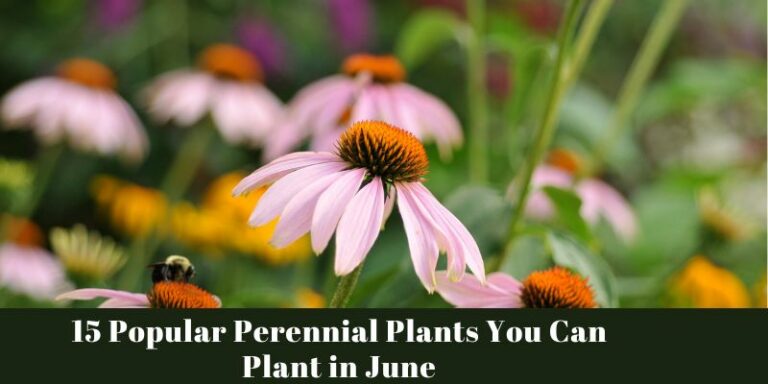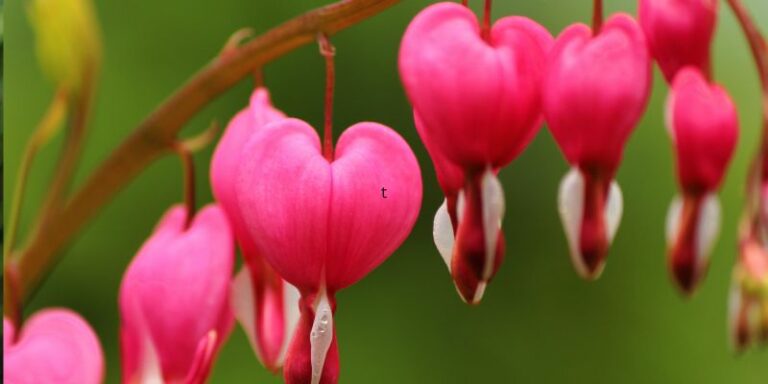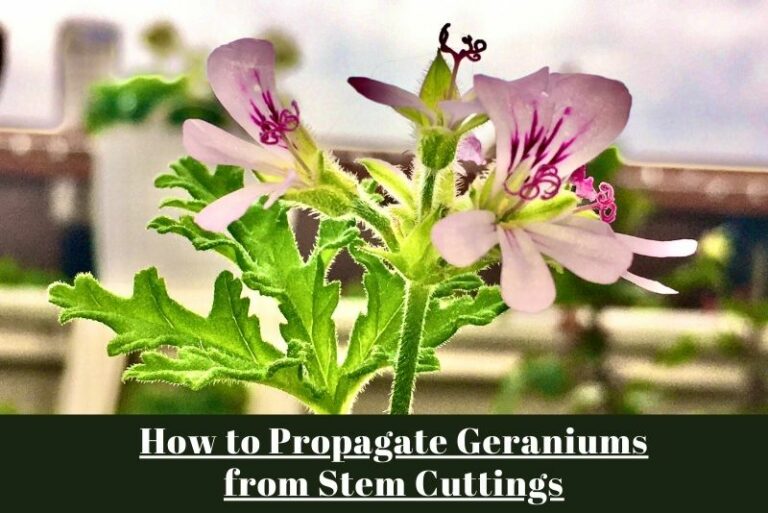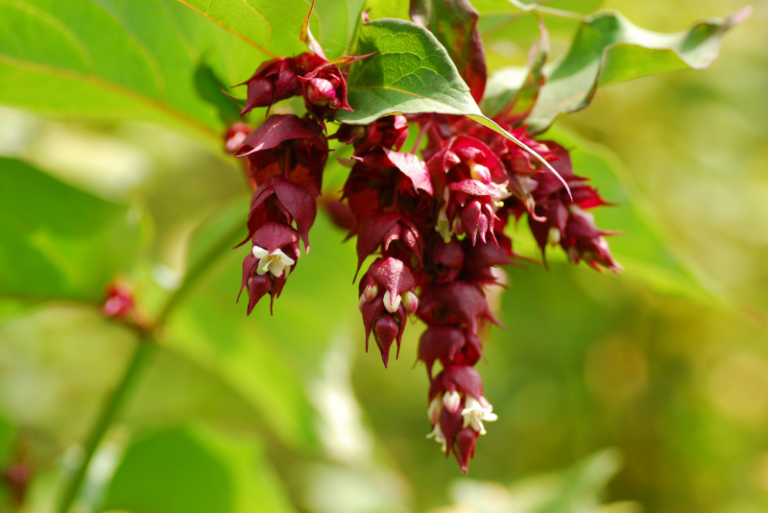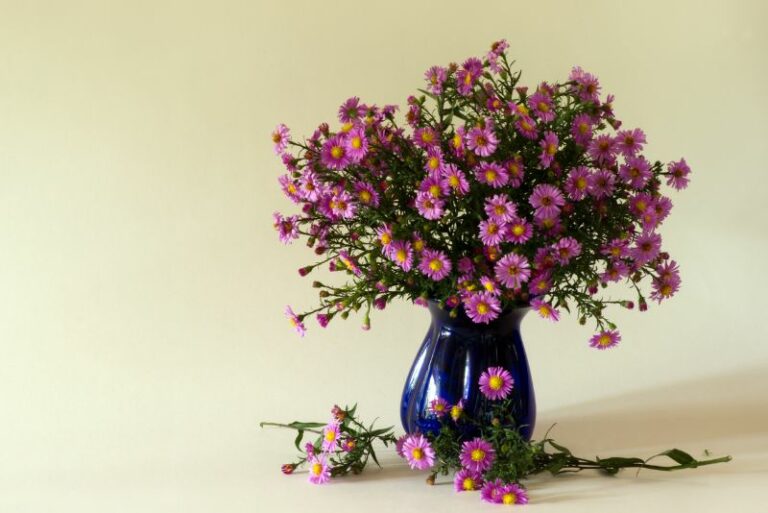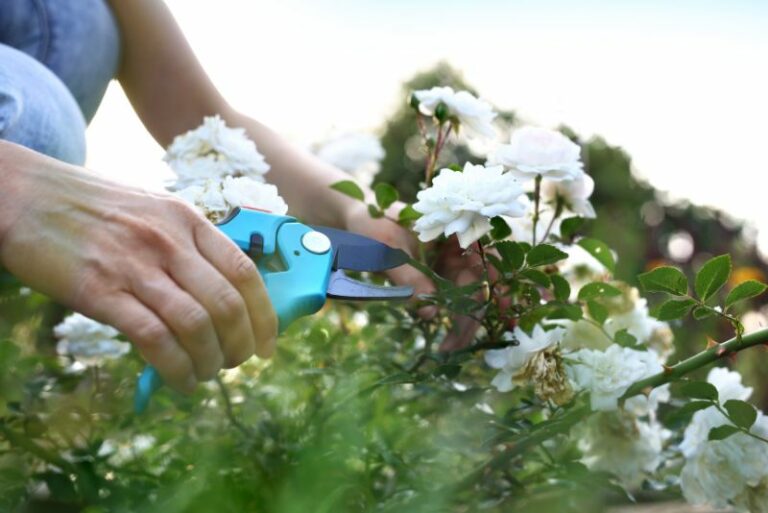How to Plant and Care for Abelia: A Comprehensive Gardener’s Guide
Abelia, a stunningly versatile plant, has been winning the hearts of gardeners for decades thanks to its alluring foliage, sweetly scented flowers, and low-maintenance nature. If you find joy in the intricacies of caring for vegetation in your own patch of the great outdoors, abelia is a delightful addition for your garden, no matter the size.
Gardening enthusiasts and plant lovers know that tending to a garden is not only an act of connection with nature but also a labor of love. In this extensive guide, we’ll explore the enchanting world of abelia, offering step-by-step advice on planting and nurturing these plants to ensure they reach their full potential in your garden.
All About Abelia

Before we get our hands dirty, it’s important to understand the basics. Abelia plants belong to the Caprifoliaceae family and come in various forms, from dense low-growers to graceful arching shrubs. They are known for their enduring qualities, keeping the garden colorful and lively with their green and bronze foliage, often turning to a purplish hue in the fall. The blooms, which can last until the first frost, are tiny and sweetly fragrant, coming in shades of white, pink, and red, attracting butterflies and other pollinators.
Why Gardening with Abelia is Worth Your Time
The appeal of abelia lies in its ability to handle a range of environmental conditions while requiring minimal efforts from gardeners. They make excellent hedges, borders, ground covers, or stand-alone ornamental shrubs. Their tough nature and resistance to disease and pests are admirable features, often making them a go-to choice for gardeners looking for versatility and reliability.
Ready to transform your garden with abelia? Let’s dig in.
Planting Abelia
Selecting and establishing the right location is crucial for the well-being of your abelia.
Choosing the Right Spot
Abelias thrive in full sun to partial shade, so be sure to look for a location that gets at least four to six hours of sunlight. The soil should be well-draining to prevent root rot. Start by selecting areas in your garden that receive adequate natural light and check for any obstructions that may impede growth.
Sunlight and Shade Considerations
Before deciding on the final spot, observe the area throughout the day to gauge the duration and quality of sunlight. If planting alongside other trees or structures, ensure that they do not create too much shade, which can lead to leggy or sparse growth.
Soil Preparation
Natural environments may not always provide the ideal conditions for your abelia, but soil preparation can remedy that.
pH Levels
Test the pH of the soil in the proposed planting area to ensure it’s within the slightly acidic to neutral range, around 5.5 to 6.5 pH. If your soil is too acidic or alkaline, you can amend it with appropriate soil conditioners to create a nurturing environment for your abelia.
Proper Drainage
Incorporate organic matter such as compost or peat moss to improve the soil’s texture and drainage. Abelias dislike having “wet feet,” so augmenting the soil can be critical in maintaining proper moisture levels.
Planting Steps
Now it’s time to introduce your abelias to their new home.
Digging the Hole
Ensure the depth and width of the planting hole are at least twice that of the root ball. This will give the roots ample space to spread and take hold.
Placing the Plant
Gently place the abelia in the hole and fill it with soil. Press down to remove any air pockets and create a slight mound around the base of the plant to help with water drainage.
Watering In
Give your newly planted abelia a deep watering to help settle the soil and reduce transplant shock. Add more soil if necessary, and water again to make sure the roots are thoroughly moist.
Caring for Abelia
The love and attention you give your abelia will be repaid with beautiful foliage and blossoms.
Watering and Drainage Tips
Maintaining the right moisture level is crucial for the health of your abelia.
Established Plants
Once your abelia is established, it is relatively drought-tolerant. Water deeply when the soil is dry to the touch, usually about once a week depending on your climate and soil type.
Pro Tip
Using a layer of mulch around the base of your abelia can help retain soil moisture and prevent weeds. Just be sure to keep the mulch several inches away from the stem to avoid potential rot.
Pruning and Shaping Techniques
Proper pruning helps keep abelia healthy and looking its best.
When to Prune
The best time to prune is in the late winter or early spring, just before new growth appears.
Rejuvenating Older Plants
Over time, abelias can become leggy. To invigorate older plants, consider a severe pruning, cutting back up to one-third of the oldest stems to the ground. This will encourage new growth and a healthier, more attractive shrub.
Fertilization and Feeding Schedules
Abelias are not heavy feeders, but they do benefit from regular fertilization.
Organic or Inorganic Fertilizers
Choose a balanced fertilizer or one that has a slightly higher phosphorus content to promote blooming. Apply in the early spring for best results.
How Much to Feed
Apply the fertilizer according to the manufacturer’s recommendations, usually measured in ounces per plant or per area. Too much fertilizer can harm your abelia, so be conservative.
Common Issues and Solutions
Pest control, disease prevention, and troubleshooting are part of the gardening process.
Pest Control
Aphids, spider mites, and whiteflies can sometimes be a nuisance.
Identifying Pests
Look for discolored or distorted leaves, a sticky substance known as honeydew, or the pests themselves.
Control Methods
For light infestations, a strong blast of water can knock these pests off your plants. For more persistent problems, use insecticidal soaps or horticultural oils.
Disease Prevention
Preventive care is often the best defense against diseases.
Promote Good Air Circulation
Plants need adequate airflow to thrive. Avoid planting abelias too closely and remove any dead or crowded branches.
Recognizing and Treating Diseases
Keep an eye out for signs of root rot or powdery mildew. If noticed, treat with appropriate fungicides or remove affected parts of the plant.
Troubleshooting Yellow Leaves or Stunted Growth
Yellowing leaves are often a sign of stress.
Watering Issues
Check the moisture levels of the soil. If the plant is too dry or too wet, adjust your watering schedule accordingly.
Nutrient Deficiencies
A lack of essential nutrients can also cause leaves to yellow or growth to be stunted. Consider adjusting your fertilization routine or soil pH as necessary.
Conclusion
By following these detailed tips and techniques, you are well on your way to successfully planting and caring for abelia in your garden. These resilient and gorgeous shrubs have the power to elevate any outdoor space with their year-round beauty.
Gardening is a continuous learning process, and your abelia will be a loyal and forgiving companion throughout the seasons. Remember to adapt the care regimen to the specific needs of your garden, and don’t hesitate to experiment with different techniques to find what works best for you and your plants.
Your garden is a canvas awaiting your touch. With abelia, it’s bound to be a masterpiece. Happy gardening!

